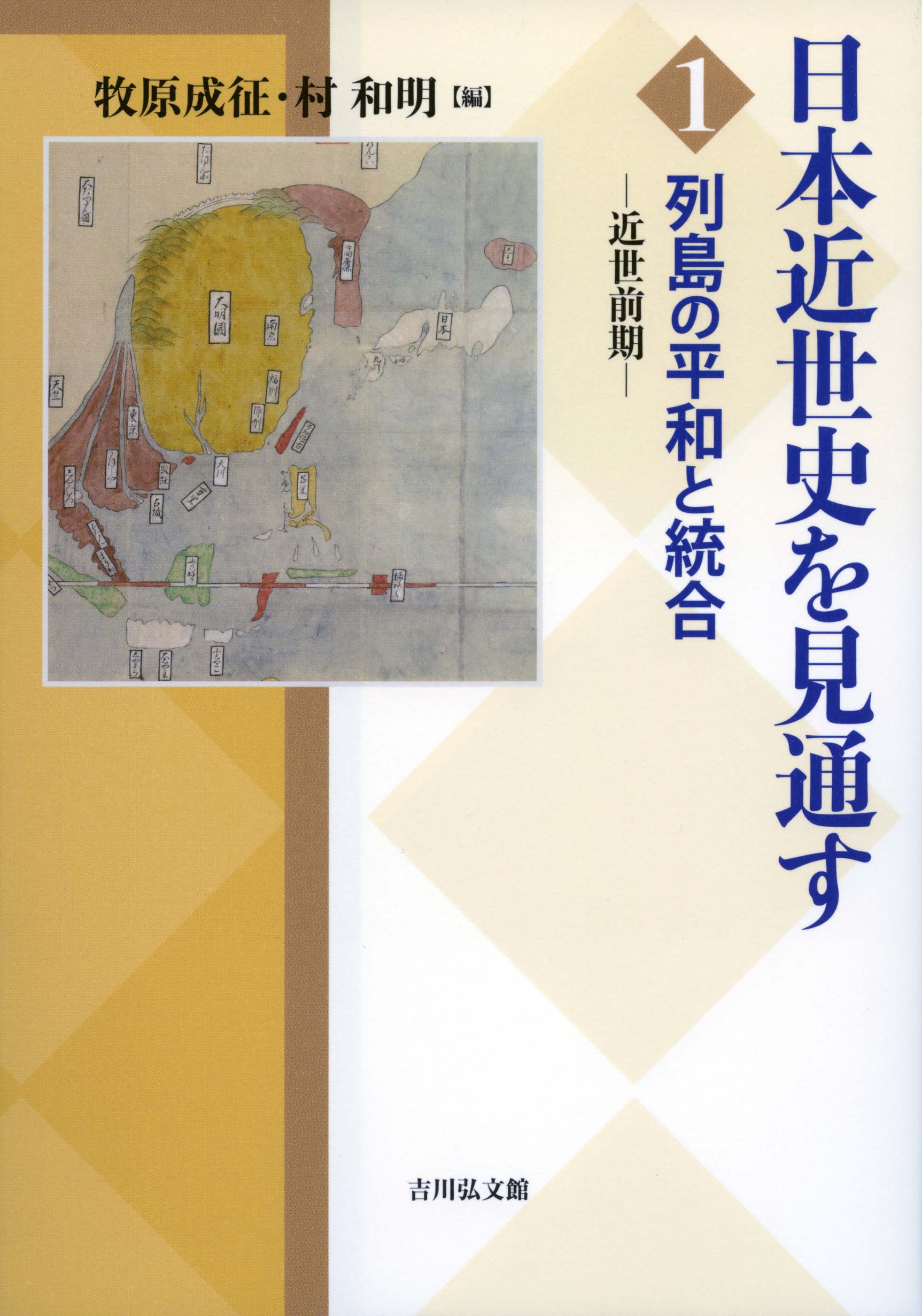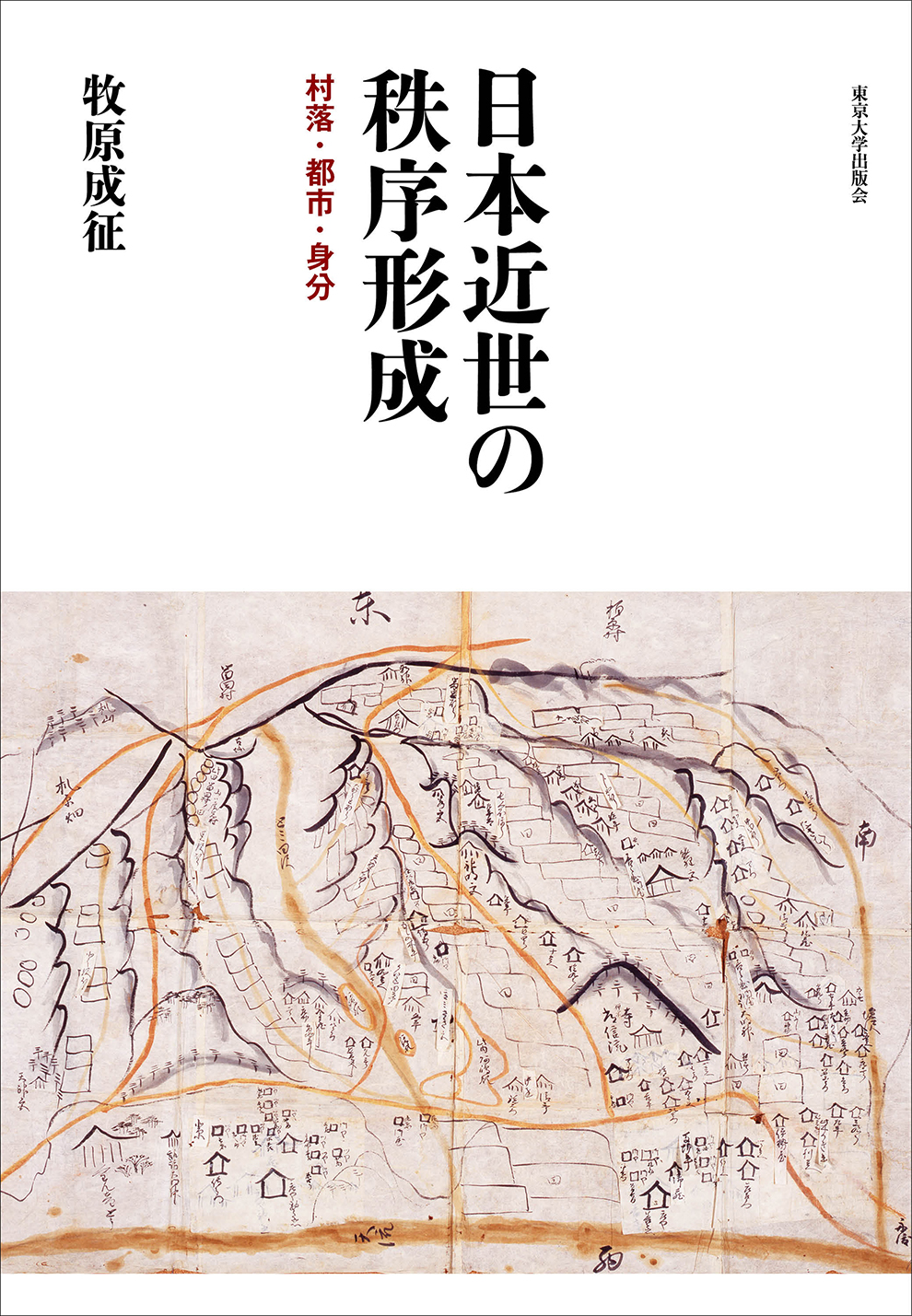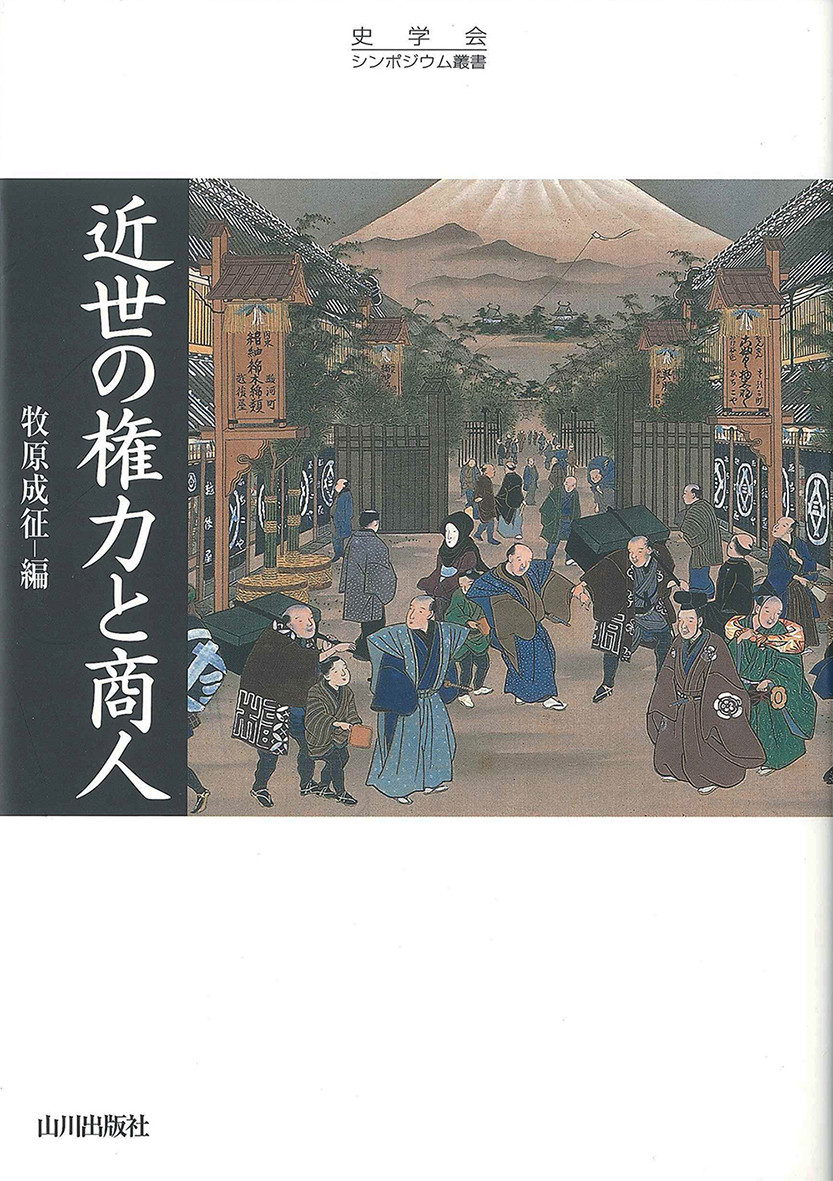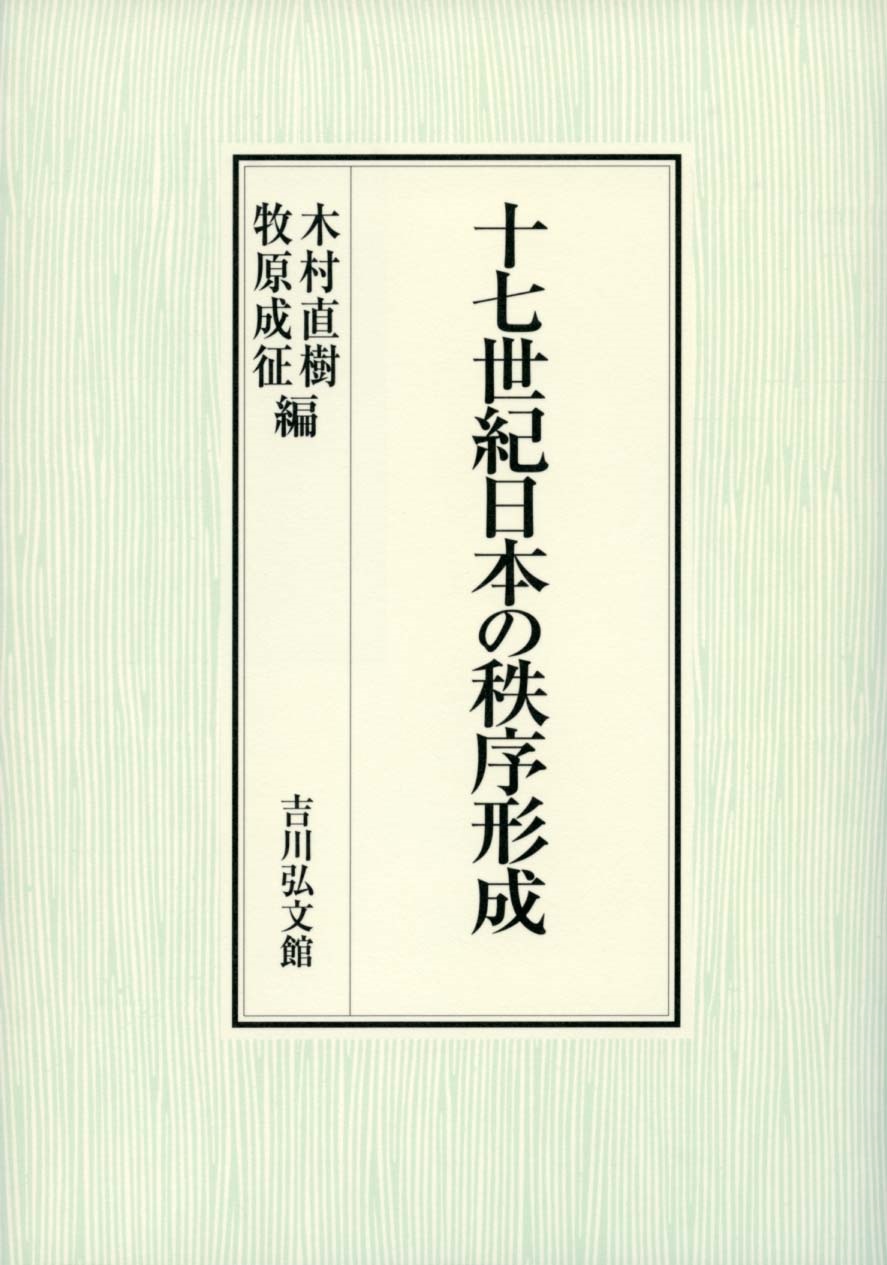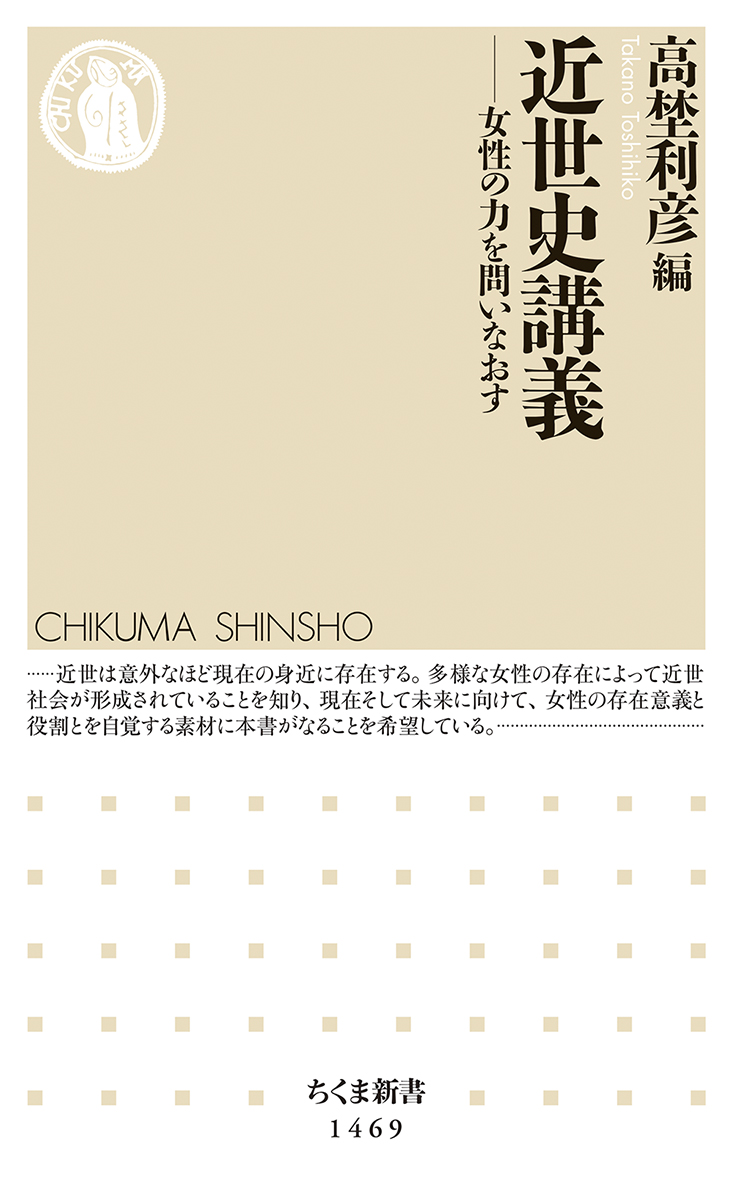
Title
Chikuma Shinsho series Kinsei shi kōgi (Lectures on Early Modern Japanese History - Re-examining the Power of Women)
Size
272 pages, paperback pocket edition
Language
Japanese
Released
January 06, 2020
ISBN
978-4-480-07282-5
Published by
Chikumashobo
Book Info
See Book Availability at Library
Japanese Page
Early modern Japanese history primarily covers the Edo period (1603–1868). Given that women made up half of the population of this period, it is natural to assume that at least half the writings on early modern Japanese history would cover topics related to or featuring women. Yet that is not the case? Why is this so?
Historical records are the major reason. Writings, after all, tend to be disseminated by rulers and others in dominant positions to control and govern. Sure enough, most of the historical documents that remain to this day deal with matters of control, governance, and politics. The samurai were dominant in the Edo period, and samurai were all men. Of course, they had wives and daughters, but women never held political offices. Hence, the overwhelming majority of historical documents were written by—and from the perspective of—the samurai and officials, who were all men.
The samurai were supported by the annual taxes levied on peasant villages. Most villages comprised small farming families. Those who lived near the sea or mountains generally eked out a livelihood by fishing or forestry, but with little technology available, these were demanding occupations requiring considerable strength. As a result, peasant families were generally headed by men, and the village officials who carried out the business of the lord of their domain and who governed the village were also all men. Voluminous documents were drafted in the early modern period, generally written by the men who served as village officials.
The situation was much the same for those who lived in the towns and cities. This was because, like the samurai and peasants, they were organized into households (ie) headed by men and maintained through patrilineal succession. Townspeople included merchants and craftsmen. Traditionally, merchants undertook a degree of risk by going to remote areas to do business, and craftsmen also traveled and undertook heavy work. Even as they settled permanently in the towns, men remained the head of household and carried on the family businesses. This same period saw a gradual increase in opportunities for women to earn cash income through "wage work," such as laundry, miscellaneous tasks, petty trades, and weaving.
In a society where importance was placed on the household and village, on military might and hard labor, men monopolized public offices, leaving historical records that tended to obscure the existence of women. That is not to say, of course, that scenes in which women appear cannot be highlighted. Certainly, there have been histories written about women. The question is whether it is possible to secure a new perspective on early modern Japanese society by revealing the women who lived in those times and the roles they played. Highlighting the presence and role of women beyond the male-centric historical records that are left to us is a task requiring a level of expertise that can only be achieved with a thorough knowledge of the politics, economics, society, and historical documents of the time.
With the exception of three men, the authors who have contributed to this book are women. All of the authors are leading authorities on the politics, economics, society, religion, diplomacy, and thought of early modern Japanese history. This has made it possible to portray the history of the period in a manner that includes women, rather than expounding on separate histories devoted to women alone. Although written in easy-to-read text and bound as a paperback book, the words in every chapter of this book carry great weight. We hope that readers will take note of the learned depths of each author's text and pay attention to the new perspective on early modern Japanese history that is made possible by focusing on the women of the times.
I should note here that I am a mere usher in this undertaking and confess to a level of tension I have not experienced in other projects due to the distinguished and powerful women right behind me.
(Written by MAKIHARA Shigeyuki, Associate Professor, Graduate School of Humanities and Sociology / 2020)



 Find a book
Find a book


